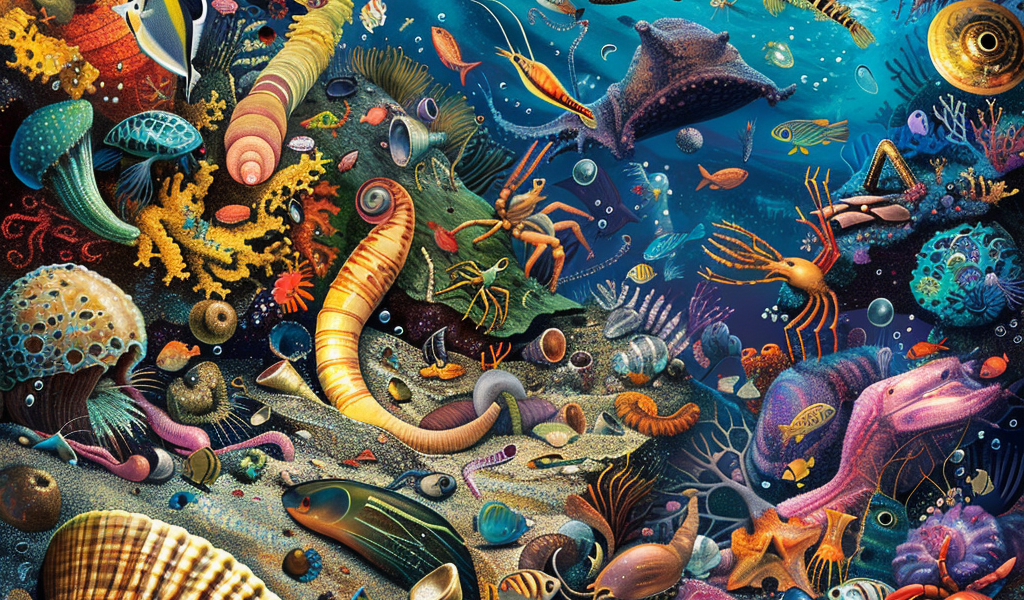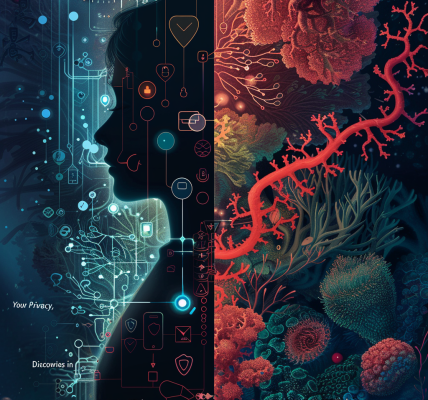In a groundbreaking study, scientists from the U.S. and the U.K. have utilized artificial intelligence (AI) to map the activities of seafloor invertebrate animals, including worms, clams, and shrimps, across all the world’s oceans. This research, spearheaded by Texas A&M University in collaboration with the University of Southampton and Yale University, harnessed large datasets and machine learning techniques to uncover the key factors that sustain marine ecosystems.
The diverse marine sediments covering a significant portion of the Earth’s surface play a crucial role in global carbon, nutrient, and biogeochemical cycles through the process of ‘bioturbation,’ where small creatures residing in the sediments stir and churn the seafloor. Similar to how worms enhance soil in terrestrial gardens, invertebrates on the seabed contribute to improving conditions for oceanic life.
By comprehending these processes across different regions worldwide, scientists gain valuable insights into the factors influencing ocean health and their potential responses to climate change. The recent study, featured in the journal Current Biology, represents a significant advancement by enabling the prediction and mapping of seafloor creatures’ contributions globally for the first time.
Dr. Shuang Zhang, the lead researcher and assistant professor at the Department of Oceanography, Texas A&M University, highlighted the importance of understanding how bioturbation interacts with the environment in predicting the impacts of climate change. Martin Solan, Professor of Marine Ecology at the University of Southampton, emphasized the newfound insights into the diverse and essential role of ocean sediments in maintaining oceanic health.
Utilizing existing datasets on sea creature activity and sediment mixing depth from numerous locations worldwide, the researchers trained the AI to accurately predict and map the contributions of seafloor communities. This innovative approach provides a deeper understanding of the varying effects of these communities on ocean ecosystems, distinguishing between coastal areas and the deep sea.





